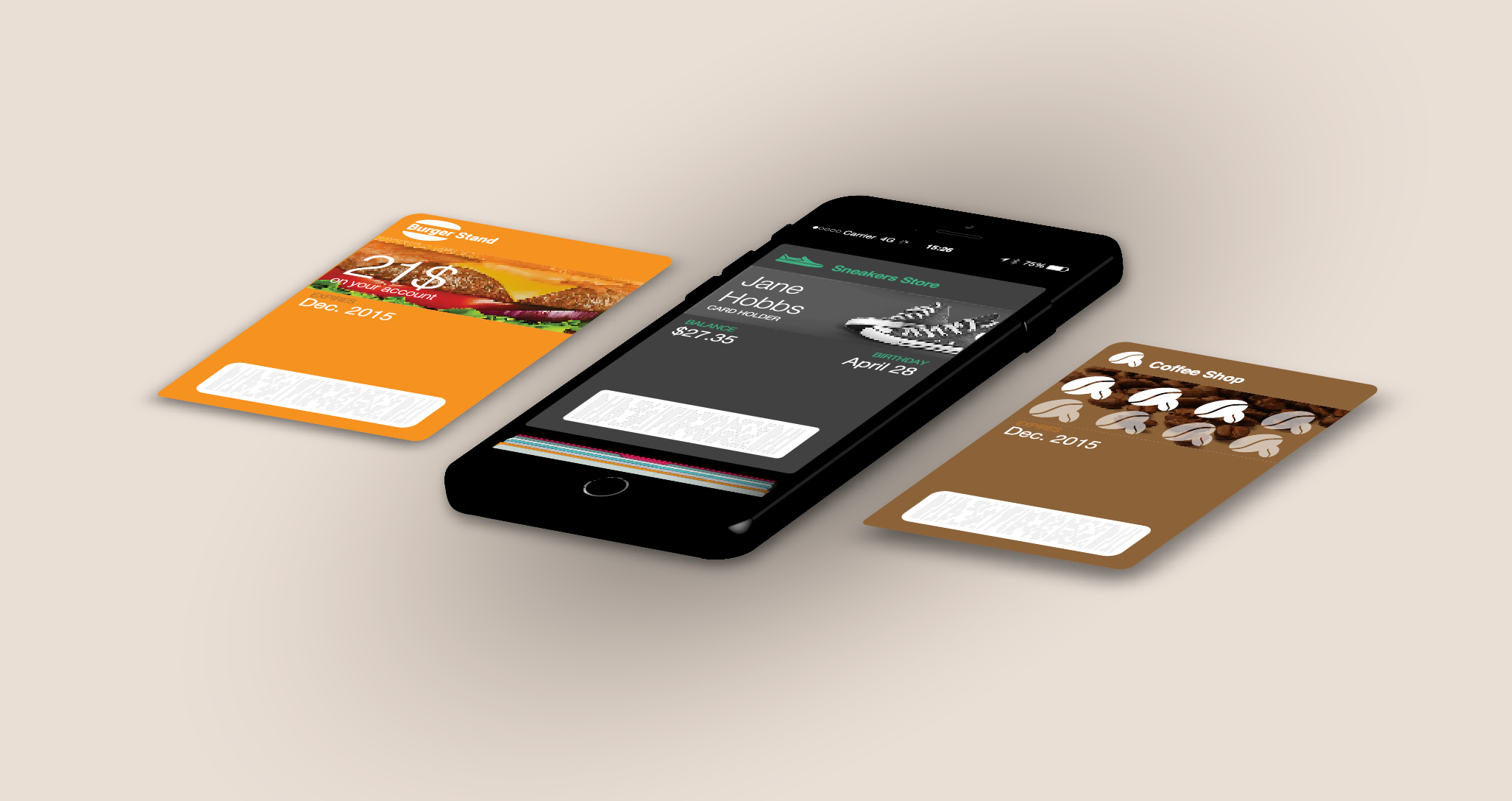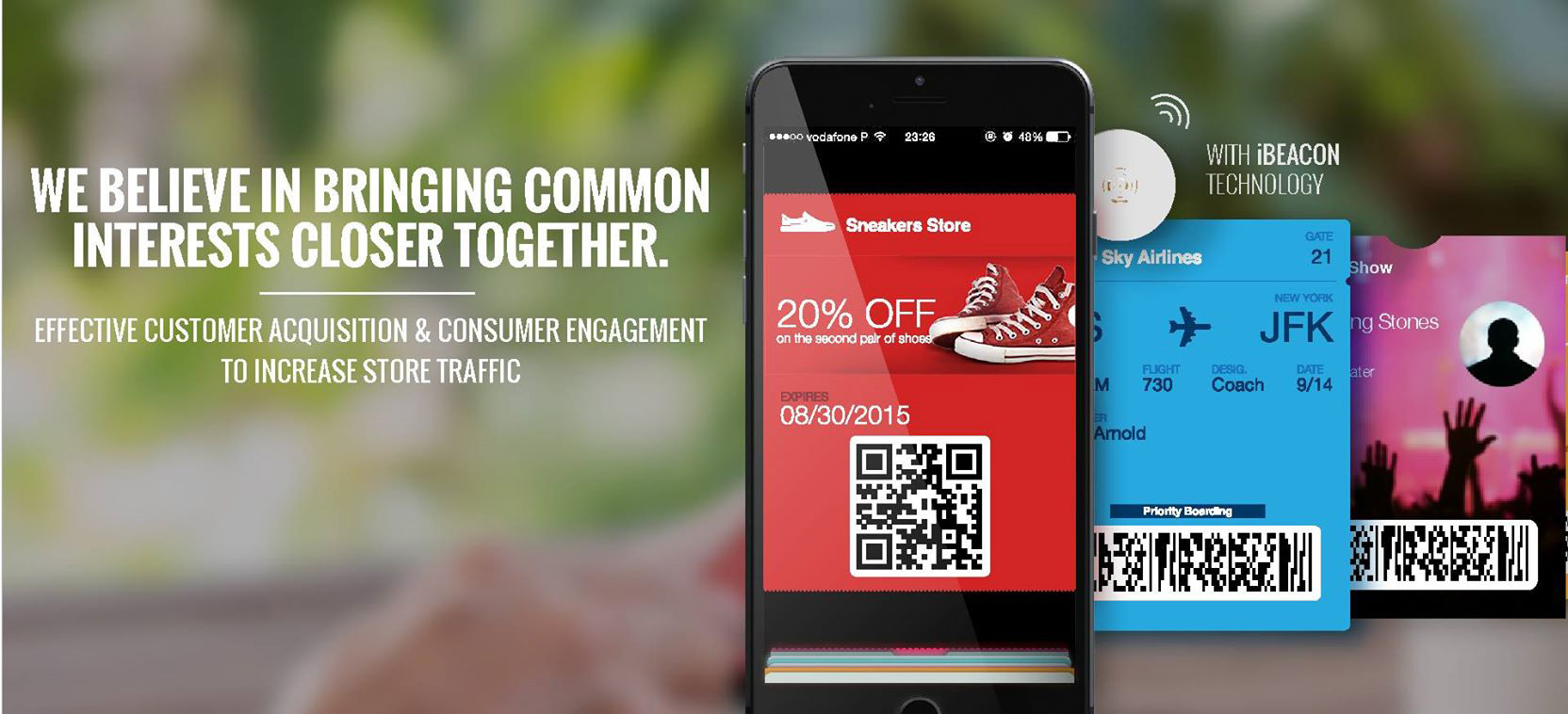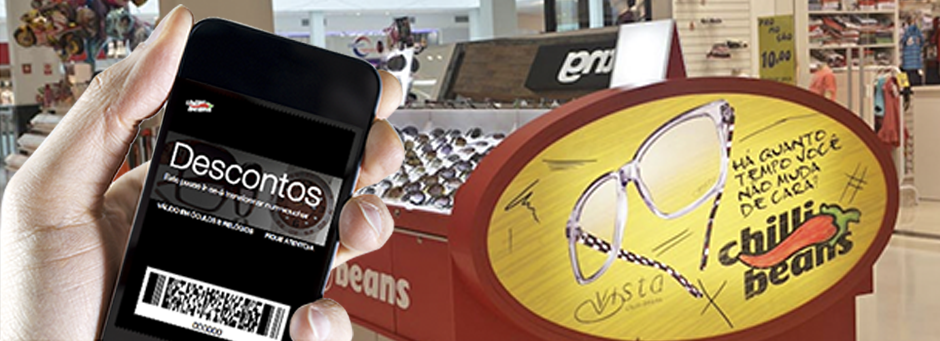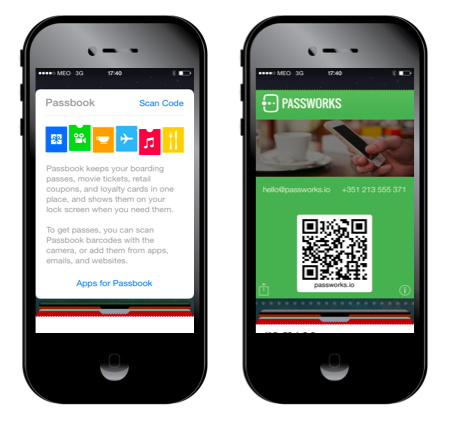“Digital is becoming at the center of nearly everything we do”, said Joe Megibow, Chief Digital Officer at American Eagle to Open Mobile Media.
Nowadays most of consumers are digital enabled and, with it, their attention is much shorter and divided across multiple brands at the same time. The shift to the digital world put the highlight back onto the consumer, pushing brands to go further in order to not become obsolete.
Brick & Mortar stores provide a physical experience that communicates with the emotional side of the brain of the consumer. People feel and touch the product. That feeling creates the identification between the product and the person necessary to a purchase and in the digital world it’s not so easy to create that emotional bondage. Brands need to think how much are consumers willing to wait and pay for the comfort of access to a certain product and, also, how further are brands willing to go to retain consumers? With digital technology it’s not a question of brands crossing to online stores, it’s about how to make sure that brands leverage the digital in the right way in order to really engage with the consumers.
“More and more brands want to communicate with their customers at the moment and place when they are ready to make a purchase. Hence, the most efficient way to communicate is through mobile however the most appropriate tools weren’t available until now which changed with rise of the Digital Wallet.” said Francisco Belo, Passworks’ founder and CEO to Energy of Portugal. So how to scale 1:1 marketing? How to promote and, above all, how to reward consumer loyalty? That is where the concept of omni-channel kicks in.
Omni-channel is how brands explore the different aspects of the business and of the brand personality, bringing all different available media together, in a seamless way in order to engage more effectively with the consumer. That is why lately the center of commerce is mobile. Mobile is the closest way to reach a consumer because mobile marketing allows brands to empower consumer mobility and to communicate at the most relevant time. With the launch of Passbook, an iOS native app that gathers digital consumer-interested content, from mobile coupons, membership or stores cards and tickets, product marketing went mobile. But it was only with the launch of Apple Pay, with the introduction of the payment capability, that the whole commerce interaction and business changed both retail and consumer experiences.
In practice, everyone can create content for Passbook. However, this is a market that is still rising and already raises many questions from the consumer side and, regarding the brands, it takes awareness, knowledge and practice to work with the platform. This is where we come in. Passworks acts as an intermediary between brands and the targeted audience, without retaining the brands consumer information. But why should brands use Passworks? We allow brands to create, distribute and manage mobile content through all the major mobile wallets platforms, such as Apple Passbook, Google Wallet or Windows Phone Wallet campaigns (all three major available OS), which means that basically every person that has a smartphone can be reached and impacted with content created by our platform. Furthermore, in just one platform, a brand can not only design and create content, but also specify a targeted audience and share it through different distribution channels and manage each campaign results.
For brands that previously developed their own apps or want direct integration with their systems, Passworks has an API solution. The API can serve as a link between the online platform, either web or app and the mobile campaigns creation SaaS, which allows the brand to keep control of everything they already do, integrate with their existing solution and let us empower the brand in a more vertical audience-based way.
In addition to opening the path to mobile for brands, Passworks platform also allows brands to integrate with iBeacons technology. Due to its low but more precise range, Beacons outweigh GPS by improving consumer experience with very accurate 1:1 communication. iBeacons can be used as a strategy to drive consumers into the store which, as a consequence, increases the chances of purchases and sales because they act as a communication channel between the brand and the end consumer through relevant push notifications. Nevertheless, since the consumer needs to identify with what’s at stake, the crucial piece of the puzzle is the mobile content itself and the brand’s strategy to guide the customer into the store plus the in-store consumer experience.
In the end, Passworks acts as a powerful mobile marketing tool, creating a new distribution channel for brands but also aims to empower consumer experience and mobility. From developers, to retail marketers or communication agents it is possible to create mobile content to promote a specific brand, no matter the business market, directly to the consumers.







